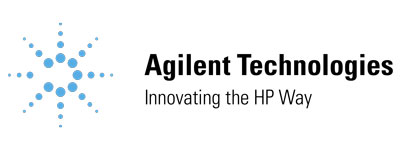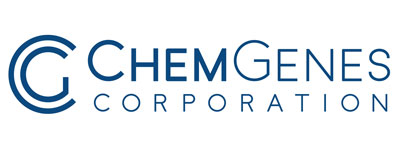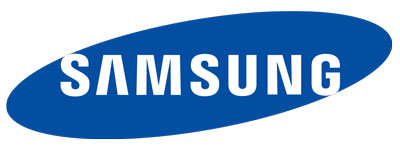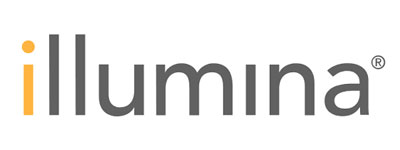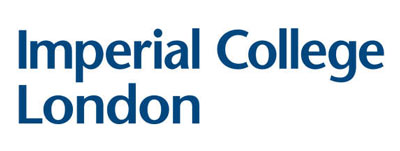Polystyrene Microspheres
HbA1c is the gold standard to measure blood sugar control, and also an important means to diagnose and manage diabetes.
EPRUI Biotech Co., Ltd. can provide the polystyrene latex microspheres used for the agglutination immune reaction in a large scale with stable high adsorbability and competitive price.
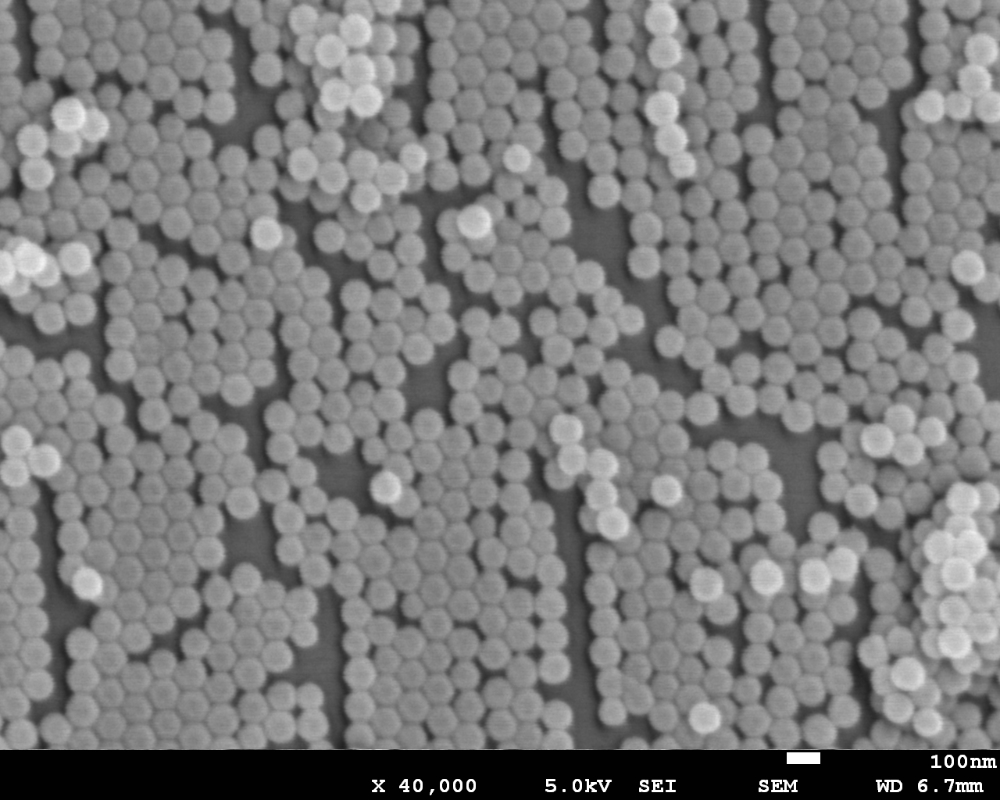
EPRUI Biotech Trusted By
Specifications
| Product Name | Item | APS | Appearance | Concentration | Functional Groups |
|---|---|---|---|---|---|
| Physical Adsorption Polystyrene Microspheres | EPRUI-PS100-A1C | 130nm | White Dispersion | 10% | -So3H |
According to the latest version of the prevention and treatment guidelines for type II diabetes in 2020, the HbA1C index was formally included in the diagnostic criteria for diabetes, with HbA1c ≥ 6.5% as the cut-off point to assist in the diagnosis of diabetes. In the treatment of diabetes, the level of glycosylated hemoglobin has important clinical significance in evaluating the overall control of blood sugar, finding problems in the treatment and guiding the treatment plan.
If the glycosylated hemoglobin is more than 9%, it means that the patient continues to have hyperglycemia, which will lead to complications such as diabetes nephropathy, arteriosclerosis, cataract, and is also a high-risk factor for death from myocardial infarction and stroke. The detection of glycosylated hemoglobin can be used to guide the adjustment of treatment plan. HbA1c has certain significance in judging the different stages of diabetes. Polystyrene latex agglutination reaction is the most commonly used method to detect glycosylated hemoglobin.
This immune reaction is formed by the combination of the total Hb and HbA1c of the tested blood sample variety with the HbA1c antibody in the reagent to form agglutination. The amount of agglutination varies with the concentration of HbA1c protein. The concentration of HbA1c antigen is measured by turbidimetry with a biological analyzer. With endpoint method, the biochemical analyzer can directly reflect the amount of agglutination by measuring the absorbance value of the reaction solution and the percentage of HbA1c in Hb can be calculated.
1. What is HbA1c?
Glycosylated hemoglobin A1c,often abbreviated HbA1c, is the product of the combination of hemoglobin in red blood cells and carbohydrate (mainly glucose) in serum through non enzymatic reaction. Glycosylated hemoglobin formed by non enzymatic reaction is characterized by persistence, slowness and irreversibility. Therefore, the concentration of glycosylated hemoglobin is determined by the past rather than the immediate blood glucose concentration, and has nothing to do with factors such as empty stomach before testing, insulin injection, or taking hypoglycemic drugs. It is generally believed that the glycosylated hemoglobin concentration can effectively reflect the average blood glucose level in the past 8-12 weeks. Glycosylated hemoglobin is composed of HbA1a, HbA1b and HbA1c, of which HbA1c accounts for about 70%, and its structure is relatively stable. The concentration of HbA1c is commonly used as a monitoring indicator for diabetes control in clinical practice and the concentration is expressed as a percentage of adult hemoglobin.
HbA1c is the gold standard to measure blood glucose control, and also an important method to diagnose and manage diabetes. In the treatment of diabetes mellitus, the level of glycosylated hemoglobin has important clinical significance in evaluating the overall control of blood glucose, finding problems in the treatment and guiding the treatment plan. If the concentation of HbA1c is more than 9%, it means that the patient continues to have hyperglycemia, which will lead to diabetic nephropathy, arteriosclerosis, cataract and other complications. It is also a high-risk factor for death from myocardial infarction and stroke. The detection of glycosylated hemoglobin can be used to guide the adjustment of treatment plan. HbA1c has certain significance in judging different stages of diabetes.
2. What Are Normal Levels of Hemoglobin A1c?
In healthy people, the HbA1c test level is less than 6.5% of total hemoglobin. A level of 6.5% signals that diabetes is present. Studies have demonstrated that the complications of diabetes can be delayed or prevented if the HbA1c test level can be kept below 7%. It is recommended that treatment of diabetes be directed at keeping an individual’s HbA1c level as close to normal as possible (<6%) without episodes of hypoglycemia (low blood glucose levels).
3. What Are High Levels of Hemoglobin A1c?
As mentioned previously, normal levels of HbA1c are less than 6%, so a measurement over 6% is considered high. For many people with type 1 and type 2 diabetes, the goal is to keep the HbA1c levels under 7%, since keeping levels below 7% has been shown to delay the complications of diabetes.
4. What are the testing method to HbA1c?
- Latex agglutination reaction method
Latex agglutination reaction method can directly determine the percentage binding with glycosylated hemoglobin (HbA1c) in total hemoglobin Hb by using HbA1c antigen and HbA1c antibody. At present, several manufacturers at home and abroad can provide test kits for HbA1c determination. This immune reaction is formed by the combination of the total Hb and HbA1c in the tested blood sample variety with the HbA1c antibody in the reagent to form agglutination. The amount of agglutination varies with the concentration of HbA1c protein. The concentration of HbA1c antigen is measured by turbidimetry with a biological analyzer. The endpoint method is used. The biochemical analyzer can directly reflect the amount of agglutination by measuring the absorbance value of the reaction solution; Calculate the percentage content of HbA1c in Hb. The instrument usually uses 660nm monochromatic light as the main wavelength and 800nm monochromatic light as the secondary wavelength when testing. The measured value is obtained through the standard curve. Since the standard curve of this test is nonlinear, first use 5 calibration solutions with different concentrations along with the kit to make 5 nonlinear standard curves before determination. The curves and values are stored in the storage tank of the biochemical instrument. When measuring the sample, the measured absorbance value A is compared with the standard curve, and the percentage content of HbA1c in the measured sample is calculated by the instrument CPU. The latex agglutination reaction method is convenient to determine HbA1c without adding extra instruments. By just using automatic biochemical analysis, the blood sample can be quickly determined. This method can also be determined by manual method with the microplate reader, which is currently widely used. However, nowadays the accuracy and repeatability of latex agglutination reaction method are still need to be improved. - Ion exchange HPLC
Determination of HbA1c percentage by high pressure liquid chromatography (HPLC) is currently considered as the gold standard for analysis of HbA1c. The automatic glycosylated hemoglobin analyzer, which works by HPLC, is fast, simple, exquisite and accurate, and is welcomed by more and more users.
Chromatographic analysis is a kind of analytical technology that uses the distribution difference of each component of the mixture on different phases to separate various components in the mixture during the relative movement of two-phase substances. Liquid chromatography is a general term for chromatography with liquid or solid as the stationary phase and liquid as the liquid phase. Chromatography is also called chromatography which is used to analyze bioactive substances in life science research; Bioactive substances exist in the form of mixtures. There are thousands of proteins in human blood. Only when the tested proteins mixed together are separated can they be accurately determined; In the determination of HbA1c, HbA1c can be separated from Hb by high-precision HPLC to obtain accurate values. In life science research, the separation of active substances is mainly applied to liquid chromatography. - Glycosylated hemoglobin automatic analyzer
Glycosylated hemoglobin (HbA1c) was determined by ion exchange HPLC with automatic analyzer. Ion exchange HPLC is a method to separate ionic compounds using ion exchange materials as stationary phases. The instrument uses cation exchange column to determine the percentage of HbA1c; When a certain amount of whole blood sample is inhaled into the sampling device by the sampling needle, the hemoglobin Hb in the red blood cells is released by hemolysis in the dilution part and diluted by the diluent. The diluted hemolytic sample is injected into the ion exchange column by the high-pressure pump. The stationary phase in the column is a newly developed non porous, insoluble and permeable cross-linked polymer, on which are distributed fixed charged groups and mobile balance ions; After the sample is added from the top of the exchange column through the filter, it is eluted by three different concentrations of salt elution buffer (mobile phase), so that the sample moves downward. At this time, various components of hemoglobin Hb contained in the solution are exchanged with movable ions on the stationary phase, and multiple components of hemoglobin in the sample are subjected to continuous reversible exchange adsorption and desorption on the stationary phase, while three salt solutions with different ion concentrations form a linear gradient elution. The automatic hemoglobin analyzer can separate various components in Hb in more than one minute, among which HbA1c, HbF and HbA1 are effectively and accurately separated; The Hb component flowing out of the exchange column reaches the detector of the instrument, which is equipped with a light emitting diode emitting monochromatic light. Three parameters of HbA1c, HbF and HbA1 are measured by dual wavelength visible light colorimetry. The detector of the instrument detects the absorbance values of HbA1c, HbF and HbA1 components after separation, compares them with the absorbance values of HbA1c standard, analyzes and calculates the results, and finally prints the Hb component results expressed in percentage together with the chromatogram.
The ion exchange column HPLC method directly determines HbA1c in whole blood. The coefficient of variation (CV) within and between batches can be less than 1%, and the results are accurate. The HbA1c detection results are not affected by the presence of variant hemoglobin and its derivatives, which is particularly suitable for monitoring diabetic patients. - Gold labeled immunofiltration method (gold labeled method)
The operation is relatively simple. At present, the representative instrument is Norway NycoCardReader II special protein multifunctional full quantitative gold standard detector. - Chemiluminescence method
The method of ion capture immunoassay is adopted. Based on the reaction principle of HbA1c antigen and HbA1c antibody, the fluorescent marker is used to connect the negatively charged polyanion complex to the positively charged fiber surface. After a series of thorough cleaning steps, the change rate of fluorescence intensity is measured and the concentration is calculated. With special reagent pack and immunoluminescence analyzer, the detection system is easy to standardize and repeat, can reduce the technical error of operation, has high sensitivity and specificity, small coefficient of variation within and between batches, high recovery rate, high accuracy, low cross contamination rate, and few influencing factors. - Radioimmunoassay
Advantages: high precision, strong specificity, fast speed, relatively cheap price, batch testing, and not affected by various interference factors. Disadvantages: At present, there are still many difficulties in preparing high titer antibodies, which are still under research and has not come to the market yet.


